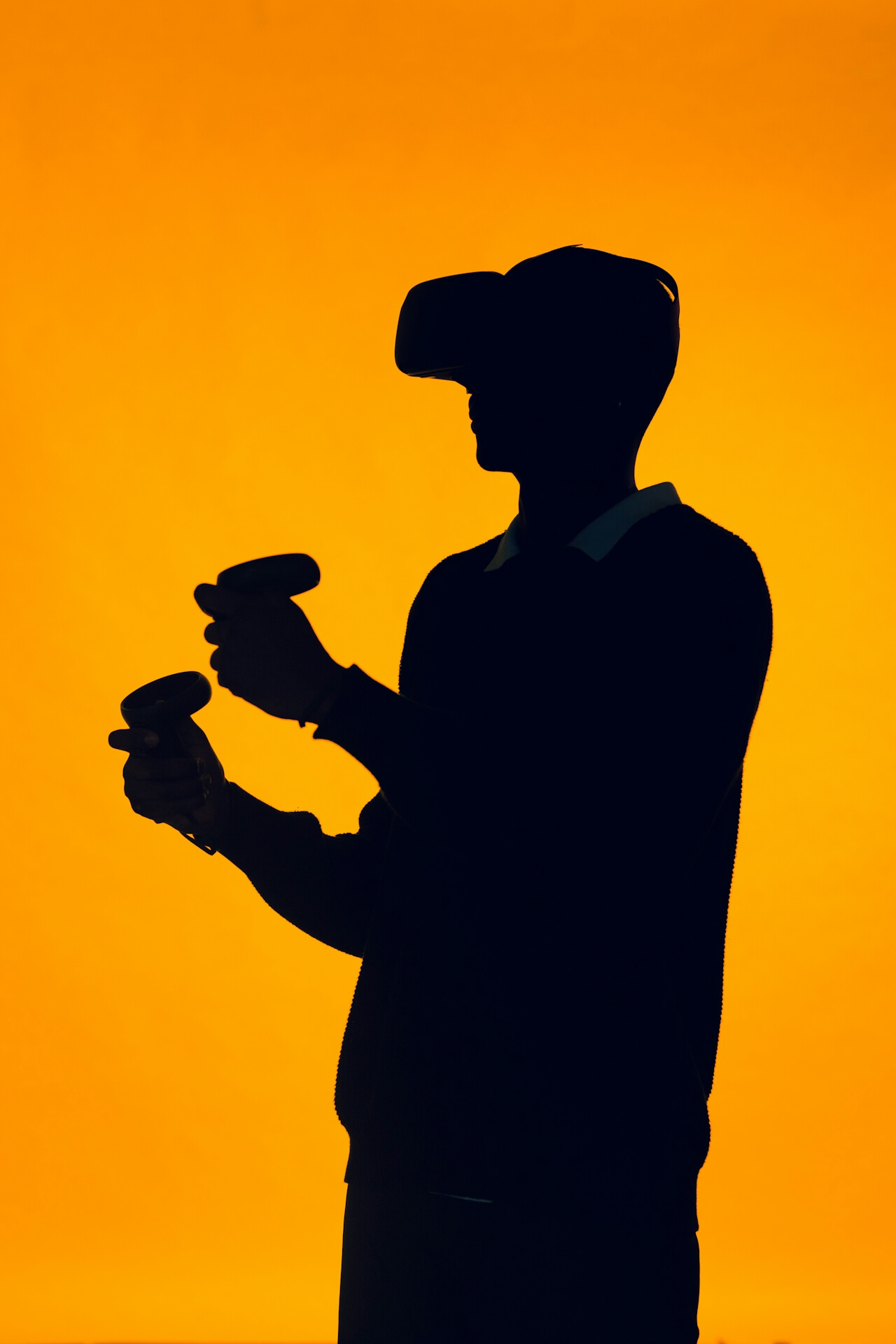Lean startup methodology emphasizes building minimum viable products, testing assumptions quickly, and iterating based on customer feedback rather than perfecting everything before launch. This same philosophy should guide branding for resource-constrained startups—develop professional brand foundations efficiently, launch quickly with good-enough execution, and refine based on real market feedback rather than endless internal deliberation.
Many founders mistakenly believe lean startup principles mean neglecting branding entirely or accepting permanently amateur brand presence. This misinterpretation creates unnecessary handicaps as startups compete with credible brands using unprofessional materials that undermine otherwise strong products. Alternatively, some founders over-invest in premature brand sophistication, perfecting visual identity for positioning that will change substantially through product-market fit discovery.
Effective lean startup branding balances professional credibility with resource efficiency, focusing investment on elements driving immediate business impact while deferring sophistication until it's justified. Understanding what constitutes minimum viable branding, how to achieve professional results within severe constraints, and when to graduate from lean approaches to more comprehensive branding helps founders build brands that support rather than hinder growth.
Minimum Viable Brand Foundations
Lean startup branding starts with identifying absolute minimum brand elements required for professional credible market presence enabling initial customer acquisition and fundraising without wasting resources on premature sophistication.
Core positioning clarity articulating who you serve, what problem you solve, and how you differ in one clear paragraph provides strategic foundation guiding all other brand decisions. This positioning statement doesn't require extensive research or elaborate frameworks—synthesize what you know about your market and value proposition into clear language. Iterate this positioning as you learn but establish working version enabling consistent communication.
Professional logo and basic visual identity creates credibility threshold allowing customers and investors to take you seriously. This doesn't mean elaborate logo systems or comprehensive brand architecture—simple professional wordmark or mark plus basic color palette and typography selections suffice initially. Invest $500-3,000 for basic professional identity avoiding both amateur DIY and premature $20,000 comprehensive branding.
Essential messaging including value proposition, elevator pitch, and key benefits enables consistent communication across team members and materials. Document core messages in simple one-page framework ensuring everyone describes company similarly. This prevents confusing inconsistency where different people communicate different value propositions.
One-page brand summary capturing positioning, personality, key messages, logo usage, and color specifications provides quick reference for team and partners. Single-page documentation is dramatically more useful than unread fifty-page brand guidelines. Focus on clarity and accessibility over comprehensiveness.
Basic website establishing online presence where prospects and investors can learn about you matters more than perfect design. Simple professional site explaining what you do, who you serve, and how to engage suffices initially. Use quality templates from platforms like Webflow or Framer launching quickly rather than custom development requiring months.
Pitch deck template enabling professional investor presentations prevents embarrassing amateur slides undermining otherwise compelling businesses. Professional deck template customized with your content takes hours versus weeks building from scratch while maintaining credible appearance.
This minimum viable brand establishes professional baseline without extensive time or capital investment, allowing focus on product development and customer validation while maintaining credible brand presence.
Budget-Conscious Brand Development Strategies
Achieving professional branding within severe budget constraints requires strategic choices about where to invest, what to defer, and which alternatives to expensive traditional approaches deliver acceptable results.
Template-based design using professionally designed frameworks you customize delivers vastly better results than amateur DIY while costing fraction of custom work. Quality templates for logos, pitch decks, websites, and marketing materials enable professional appearance at 10-20% of custom design costs. Invest $200-1,000 in premium templates rather than $10,000+ in custom design.
Freelancer partnerships with individual designers rather than full-service agencies reduces costs 40-60% while accessing professional expertise. Talented freelancers often charge $50-100 per hour versus $150-300 for agencies. For focused projects like logo design or website development, skilled freelancers deliver excellent value. Use platforms like Dribbble, Behance, or recommendations finding vetted professionals.
Phased investment tackling branding incrementally as budget allows prevents trying to do everything simultaneously on inadequate budget. Start with positioning and basic visual identity. Add professional website when budget permits. Develop comprehensive guidelines as team grows requiring systematic documentation. This phasing spreads costs across time while building progressively stronger brand.
DIY with professional tools using platforms like Canva, Figma, or design subscription services enables founders to create adequate materials when budgets are extremely constrained. While professional designers produce superior work, founders with design sense can create acceptable collateral using quality tools and templates. Reserve professional help for highest-impact elements like logo and pitch deck.
Equity arrangements with designers accepting reduced fees plus equity enables access to professional services when cash is severely limited. Some designers work with startups on equity basis aligning long-term interests. This approach requires finding designers comfortable with startup risk but creates win-win when successful.
Accelerator or incubator resources leveraging program-provided branding support when available saves budget. Many accelerators provide basic branding assistance included in program. Maximize these resources before spending limited capital on external branding services.
Working with agencies like Metabrand specializing in startup branding ensures efficient professional results aligned with lean budget realities. Their understanding of startup constraints enables delivering essential branding within realistic budgets without compromising strategic quality.
Prioritizing Brand Investments for Maximum Impact
With limited resources, strategic prioritization determines which brand investments deliver disproportionate value versus which represent premature sophistication you can defer.
Logo and visual identity as first priority because everything else builds on this foundation and amateur logo undermines all other efforts. Professional logo opens doors and creates baseline credibility. This $500-3,000 investment delivers outsized return by preventing opportunity loss from unprofessional appearance.
Pitch deck as second priority for fundraising-focused startups because investor first impressions significantly impact funding success. Amateur slides undermine otherwise strong pitches. Professional deck template customized thoughtfully costs $1,000-3,000 but dramatically improves fundraising outcomes justifying investment.
Website as third priority establishing online presence where prospects discover and evaluate you. Simple professional site using quality template and clear messaging enables inbound lead generation and investor due diligence. Budget $2,000-8,000 for template-based web design and development delivering professional presence quickly.
Sales collateral for B2B startups where professional one-pagers and presentations directly impact closing deals justifies earlier investment. If sales conversations depend on professional materials, prioritize these over brand elements with less direct revenue impact.
Marketing materials deferred until you've validated messaging and have budget for sustained content creation prevents wasting money on materials promoting positioning you'll change. Create basic social presence and simple email templates but defer elaborate marketing collateral until business model validates.
Comprehensive brand guidelines postponed until team size justifies systematic documentation. Three-person teams maintain consistency through proximity. Fifteen-person teams need documentation. Don't create guidelines until they solve actual problem.
Rapid Brand Iteration and Testing
Lean methodology emphasizes learning through testing rather than perfecting through planning. Apply this to branding by launching with good-enough execution and refining based on real market feedback.
Launch with imperfect branding accepting that initial brand won't be final version allows faster market entry and real-world learning. Founders often delay launches seeking perfect brands. Better to launch with good-enough brand gathering customer feedback than waiting months for perfection. Your brand will evolve as you learn—embrace iteration.
A/B testing brand elements like value propositions, visual treatments, or messaging approaches reveals what resonates with actual audiences versus internal preferences. Test different homepage headlines, landing page designs, or email subject lines learning what drives engagement. Data beats opinions.
Customer feedback incorporation asking early customers what attracted them, what confused them, or how they describe you to others provides invaluable brand insights. Systematically gather this feedback through surveys, interviews, or conversations using insights to refine positioning and messaging.
Pivot-friendly brand systems avoiding premature commitments to narrow positioning allows flexibility as business evolves. Many startups pivot substantially during product-market fit discovery. Brands built on overly specific positioning become liabilities requiring expensive rebuilds. Keep positioning somewhat flexible early stage.
Progressive refinement improving brand incrementally based on learning rather than big-bang rebuilds enables continuous improvement without major reinvestment. Small consistent enhancements compound into substantially stronger brands over time while remaining affordable.
Knowing when to graduate from scrappy lean branding to professional comprehensive brand development happens when you've achieved product-market fit, have budget for proper investment, and brand consistency matters for scaling. This transition typically occurs around Series A when business validates and team grows beyond early stage.
Tool and Resource Recommendations
Specific platforms and resources enable professional branding results within lean budgets when used strategically.
Design tools including Figma for interface design, Canva for marketing graphics, or Adobe Express for quick content creation enable adequate design work at minimal cost. Figma offers free tier suitable for startups. Canva Pro costs $120 annually providing extensive template library and brand kit functionality.
Website platforms like Webflow, Framer, or quality WordPress themes enable launching professional sites quickly without custom development. Webflow provides designer-friendly visual development with professional results. Quality WordPress themes cost $50-200 delivering professional appearance affordably.
Template marketplaces including Creative Market, Envato, or platform-specific template libraries provide professionally designed starting points for logos, decks, websites, and collateral at fraction of custom design costs. Premium templates typically cost $20-200 versus $5,000+ for custom equivalents.
Freelance platforms like Dribbble, Behance, or Upwork connect startups with individual designers for focused projects. Screen portfolios carefully but quality freelancers deliver excellent value. Budget $500-3,000 for logo design or $2,000-8,000 for website design from skilled freelancers.
Brand resource libraries including brand strategy frameworks, positioning templates, or messaging worksheets available free from agencies or startup resources enable structured brand thinking without expensive consulting. Many branding agencies publish frameworks and templates demonstrating expertise while providing value.
AI-assisted tools like logo generators, color palette creators, or copy generators provide starting points accelerating brand development. While AI shouldn't replace professional judgment, it can suggest directions or generate options for consideration. Use AI as ideation tool not final solution.
Common Lean Branding Mistakes
Understanding errors helps avoid undermining lean branding efforts through false economies that create more problems than they solve.
Extreme under-investment going too lean with completely DIY amateur branding creates credibility problems costing more in lost opportunities than professional basics would cost. Saving $2,000 on logo but losing investor meeting or customer deal because you look amateur represents penny-wise pound-foolish thinking. Invest in professional baseline.
Over-optimization premature perfectionism delaying launch while endlessly refining brand wastes time and misses learning opportunities. Your initial brand won't be perfect—launch with good-enough execution and improve based on feedback. Perfectionism is expensive luxury early-stage startups can't afford.
Inconsistency across touchpoints using different colors, messages, or styles across materials because you're assembling brand ad hoc creates confused fragmented impression. Even lean brands need basic consistency. Document simple standards and follow them preventing visual chaos.
Wrong priorities investing in elaborate social media graphics while lacking professional logo or functional website misallocates scarce resources. Prioritize fundamentals enabling core business activities before optimizing nice-to-have elements.
Neglecting strategy focusing purely on visual identity without clear positioning creates pretty brands that don't communicate effectively. Logo alone isn't brand—positioning and messaging matter more. Invest thinking time on strategy even if budget limits visual sophistication.
Ignoring quality thresholds accepting truly amateur execution in name of lean thinking creates handicap. Lean doesn't mean unprofessional—it means efficiently professional. Basic professional standards are non-negotiable even with minimal budgets. Find ways to achieve threshold quality within constraints.
Scaling from Lean to Comprehensive Branding
As startups achieve traction and raise capital, knowing when and how to graduate from lean branding to comprehensive professional brand development prevents both premature investment and dangerous under-investment as you scale.
Inflection point indicators suggesting time to invest more substantially in branding include achieving product-market fit, raising Series A or significant funding, growing team beyond 15-20 people, or entering growth phase requiring scaled customer acquisition. These milestones justify graduating from lean approaches.
Progressive investment roadmap transitioning incrementally from lean to comprehensive branding spreads costs while improving brand steadily. After initial lean brand, invest in professional website refresh. Then develop comprehensive guidelines. Later add advanced materials and expanded visual systems. This phasing prevents overwhelming investment while building progressively stronger brand.
Preserving what works through brand evolution maintaining successful elements while improving weak areas prevents throwing away equity you've built. Your lean brand likely has elements worth preserving—perhaps logo, colors, or core messaging resonate. Refine and expand rather than completely replacing everything.
Professional rebrand versus evolution decision depends on whether lean brand can scale with improvements or requires fundamental replacement. Scalable lean brands need enhancement and expansion. Fundamentally flawed positioning or amateur visual identity may justify fresh start. Assess honestly whether evolution or revolution serves better.
Lean startup branding enables professional credible brand presence within severe resource constraints through strategic prioritization, efficient execution, rapid iteration, and progressive refinement. The goal isn't perfection but professional adequacy enabling business growth while preserving capital for product development and customer acquisition. As startups achieve traction validating business models, graduating from lean to comprehensive branding supports scaling without the liability of amateur brands holding growth back.
Ready to elevate your startup's brand? Get a free quote from Metabrand.










